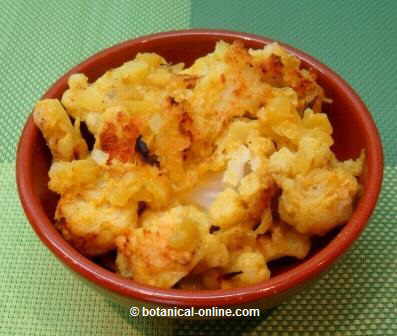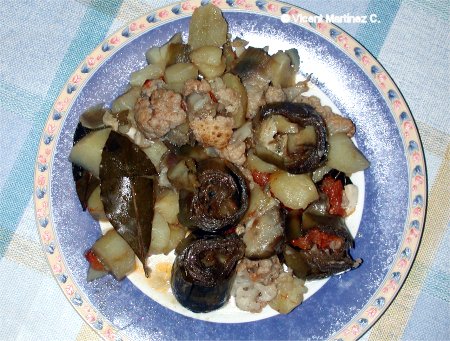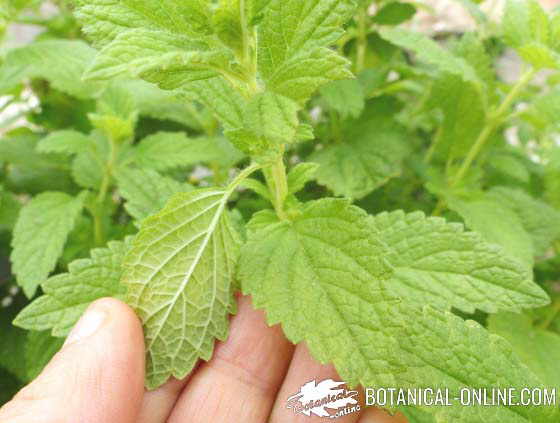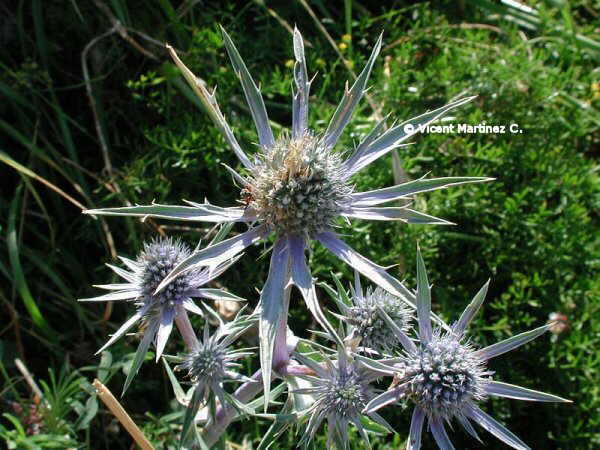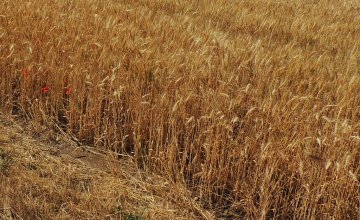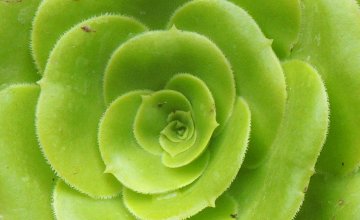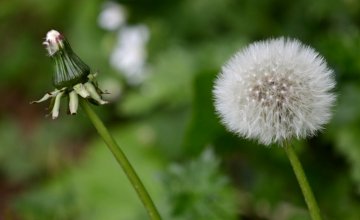Contents
- 1 Health benefits of cauliflower
- 1.1 Cauliflower is good to prevent cancer
- 1.2 Antioxidant properties of cauliflower
- 1.3 Which cauliflower is the best?
- 1.4 Cauliflowers protect heart health
- 1.5 Cauliflower particularly suitable food for slimming purposes and removing fluid accumulation in the body
- 1.6 Cauliflower is very rich in vitamins and minerals
- 1.7 Cauliflower, an interesting food for the health of nerves
- 1.8 Cauliflower and cabbage, good allies for the bones health
- 1.9 How to choose and cook cauliflowers?
- 1.10 Incompatibilies, contraindications or precautions when eating cauliflower.
- 1.11 Nutritional differences between cauliflower and cabbage
Health benefits of cauliflower
Cauliflower is good to prevent cancer
Cauliflowers are members of the cabbage family (Cruciferae), such as Brussels sprouts, cabbage, broccoli, turnips, etc.
They are rich in purifying components, among them vitamin C, cysteine, carotenoids, anthocyanins, chlorophyll, the enzymes glutathione transferase and quinone reductase, as well as glucosinolates and isothiocyanates – fundamentally sulforaphane and isocyanate.
They are antioxidant compounds that protect against free radicals and the diseases they produce, among them, different types of cancer. (More information)
Antioxidant properties of cauliflower
The antioxidant properties of this family are considered very interesting for the prevention of many physical illnesses, resulting particularly suitable in the health care of the arteries and heart.
Cauliflower is one of the foods with more alpha-lipoic acid which is among the most potent antioxidants of this plant. This is a component that, for some time, was considered one of the group of vitamin B. Its antioxidant properties have been highly praised in recent years.
Which cauliflower is the best?

Cauliflower
The green or purple varieties of cauliflower are most appropriate because they are dietetically richer in vitamins and flavonoids.
Especially prominent are the purple varieties for its richness in anthocyanin, a flavonoid with high healthy properties for the heart, arteries and eyes.
Cauliflowers protect heart health
The antioxidant properties of this family are considered very interesting for the prevention of many bodily diseases, being particularly indicated in the care of the health of the arteries and of the heart.
Cauliflower is considered one of the foods with more alpha-lipoic acid, which is one of the most potent antioxidants in this plant. This is a component that, for some time, was considered as belonging to the group of vitamin B. Its antioxidant properties have been highly praised in recent years.
Varieties of green or purple cauliflowers are more suitable for dietary use because they are richer in vitamins and flavonoids. Especially outstanding are the purple varieties for their richness in anthocyanins, a flavonoid with great properties for the health of the heart, arteries and sight
Cauliflower particularly suitable food for slimming purposes and removing fluid accumulation in the body
Cauliflower, like cabbage, contains very few calories and no fat and it has virtually very few carbohydrates. It also has a high proportion of water. This, coupled with its high proportion of potassium, a mineral that promotes diuresis or removing of body fluids, makes it, along with cabbage, particularly interesting for those who follow a diet to lose weight. Cauliflower is a food that eliminates the sensation of appetite without being fattening.
Equally interesting is the use of these foods in other pathologies in which the elimination of liquids is essential: (fluid retention with the appearance of edema, obesity, hypertension, etc) because of its lower sodium content, cabbage still has more diuretic properties than cauliflower.
The content of these food in fiber is high. Fiber is interesting to increase the feeling of satiety, while being very useful for the prevention and treatment of constipation and cholesterol, diseases on which fiber has a positive effect.
Cauliflower is very rich in vitamins and minerals
Although cabbage contains a lot of vitamin C and folic acid, the content in both is somewhat lower than in cauliflower. However cabbage content in vitamin A and vitamin E is higher, Its wealth in phosphorus and calcium is very suitable for bone health and its wealth in iron is an ally to prevent or treat anemia.
Cauliflower, an interesting food for the health of nerves
Cauliflower and cabbage are rich in vitamin B which is necessary to maintain in good condition the nervous system. Vitamin B content in cabbage is higher than in cauliflower. This makes cabbage particularly interesting for those who are under stress, or nervous. Eating a lot of cauliflower and cabbage will help you relax and allow you to sleep better.
Folic acid is essential for the proper functioning of our body. At the cellular level, its importance lies in its role in the synthesis of DNA (deoxyribonucleic acid or element of the cell that contains and transmits genetic traits) and RNA (needed for the formation of proteins and other cellular processes). Thus, for cells to properly duplicate, they require the presence of this vitamin. Folic acid is also important for the health of the fetus, so pregnant women should eat these foods in abundance.
However, cauliflower, exceeds cabbage in niacin or vitamin B3, a vitamin that is very interesting not only to prevent pellagra and to keep nerves healthy, but to reduce cholesterol, improve circulation and alleviate the pain of arthritis.
Cauliflower and cabbage, good allies for the bones health
For its boron content, both foods prevent the loss of estrogens that help set the calcium in bones. Those who have osteoporosis should eat these foods in abundance. We also have to take into account that these two vegetables contain plenty of calcium, especially cabbage, which doubles cauliflower.
How to choose and cook cauliflowers?
Best cauliflowers are those whose hearts are compact and white. If pressing on them, they are felt soft or they have brown spots on them that’s because they are not fresh, so, they have lost many of their nutritional properties.
To clean cauliflowers you will introduce them a few minutes in water to which you have added a splash of vinegar. Thus, we will eliminate potential bugs that may be inside. Subsequently, leaves will be removed if we do not want to cook them and we will clean up the flower.
To clean the flower, we will separate the different branches and will leave them under running water. Once separated, we will let rest a few minutes in clean water and will rinse them a couple of times.
Cauliflower can be eaten alone or combined with other foods. They associate well with rice, with cheese, potatoes with eggs, etc,. You can cook just the flower or heart or even the leaves. Just a cauliflower, boiled with a little Olive oil, is very delicious and has a lot of properties.
They can also be baked au gratin with a little cheese or bechamel sauce. This will improve the presentation and will remove some of the odor, which is especially interesting for children. Cauliflower can be served hot or cold, with other vegetables or legumes.
We must keep in mind when cooking cauliflower that this food, like all vegetables, loses most of its vitamins if we extend much cooking, so, it is convenient to put it into the cooking pot once the water has begun to boil, not leaving it in the cooking water longer than necessary. We should use the boiling broth to prepare other foods such as vegetable soups, as within it we have most of the nutritional elements. One way to keep their properties is to cook them in the microwave.
The strong odor that cauliflowers have when boiling them is due to the large amount of sulfur they contain. To reduce odor-producing, cooking time should be reduced as much as possible and leaving the pot open for the sulfur to evaporate. Adding some spice, like fennel or laurel, will reduce the typical scent of this food.
Incompatibilies, contraindications or precautions when eating cauliflower.
For some delicate stomachs, prone to to produce flatulence or indigestion, cauliflowers are not so good, especially when combined with other starchy or fatty foods, so it is advisable to eat them in combination with other vegetables for lunch. However, within all the cabbages, cauliflower is the one that is digested better.
While the cauliflower is very interesting food, eaten in excess, can inhibit iron absorption. Cauliflower, like the rest of the cabbages, is included within the goitrogenic foods, which means that its use inhibits the absorption of iodine which can be harmful for people with iodine deficiency which manifests as hypothyroidism.
Cauliflower, like other cabbages, has a great capacity to absorb soil purines that are transformed into uric acid in the body. A high intake of this food could be harmful to people with kidney problems or those who have little ability to remove this component (too much uric acid or gout)
Nutritional differences between cauliflower and cabbage
| Cauliflower and cabbage composition per 100 g. | ||
| Cauliflower | Cabbage | |
| Water | 91,91 g | 92,15 g |
| Energy | 25 kcal | 25 Kcal |
| Fat | 0, 21 g | 0, 27 g |
| Protein | 1, 98 g | 1, 44 g |
| Carbohydrates | 5,20 g | 5, 43 g |
| Fiber | 2,5 g | 2, 3 g |
| Potassium | 303 mg | 246 mg |
| Phosphorus | 44 mg | 23 mg |
| Iron | 0, 44 mg | 0, 59 mg |
| Sodium | 30 mg | 18 mg |
| Magnesium | 15 mg | 15 mg |
| Calcium | 22 mg | 47 mg |
| Copper | 0, 042 mg | 0, 023 mg |
| Zinc | 0, 28 mg | 0, 40 mg |
| Manganese | 0, 156 mg | 0, 22 mcg |
| Vitamin C | 46, 4 mg | 32, 2 mg |
| Vitamin A | 19 IU | 133 UI |
| Vitamin B1(Thiamin) | 0, 057 mg | 0,050 mg |
| Vitamin B2(Riboflavin) | 0, 063 mg | 0, 040 mg |
| Vitamin B3(Niacin) | 0, 526 mg | 0, 300 mg |
| Vitamin B5(Pantothenic acid) | 0, 696 mg | 0, 212 mg |
| Vitamin B6(Pyridoxine) | 0, 222 mg | 0, 096 mg |
| Vitamin E | 57 mcg | 43 mcg |
| Folic acid | 0, 040 mg | 0, 105 mg |
* Related information: Cruciferae against cancer
![]() More information on cauliflower.
More information on cauliflower.

